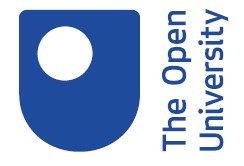A first of its kind AI-model has been trained to identify ‘Hard-to-decarbonise’ homes.
‘Hard-to-decarbonise’ (HtD) houses are responsible for over a quarter of all direct housing emissions – a major obstacle to achieving net zero – but are rarely identified or targeted for improvement.
Now a new ‘deep learning’ model trained by researchers from Cambridge University’s Department of Architecture promises to make it far easier, faster and cheaper to identify these high priority problem properties and develop strategies to improve their green credentials.
Houses can be ‘hard to decarbonize’ for various reasons including their age, structure, location, social-economic barriers and availability of data. Policymakers have tended to focus mostly on generic buildings or specific hard-to-decarbonise technologies but the study, published in the journal Sustainable Cities and Society, could help to change this.
Maoran Sun, an urban researcher and data scientist, and his PhD supervisor Dr Ronita Bardhan (Selwyn College), who leads Cambridge’s Sustainable Design Group, show that their AI model can classify HtD houses with 90% precision and expect this to rise as they add more data, work which is already underway.
Dr Bardhan said:
“This is the first time that AI has been trained to identify hard-to-decarbonize buildings using open source data to achieve this. Policymakers need to know how many houses they have to decarbonize, but they often lack the resources to perform detail audits on every house. Our model can direct them to high priority houses, saving them precious time and resources.”
The model also helps authorities to understand the geographical distribution of HtD houses, enabling them to efficiently target and deploy interventions efficiently.









